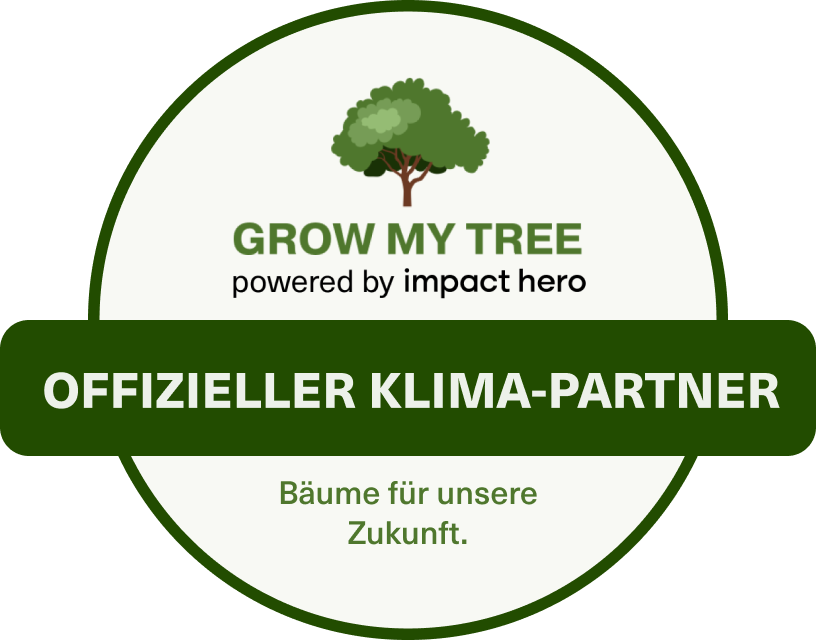What is PET (Polyethylene Terephthalate)?
PET, together with PP, is one of the most important thermoplastics in terms of volume.
The main applications of PET are the production of blow-moulded bottles and other packaging such as films, trays and delicatessen tubs.
It is resistant to dilute acids, aliphatic and aromatic hydrocarbons, oils, fats and alcohols, but not to halogenated hydrocarbons and ketones. However, it is not resistant to hot water and alkalis.
The relatively low permeability to oxygen and carbon dioxide means that it can already be used to replace traditional packaging materials such as glass bottles and metal cans.
A-PET (amorphous PET) is transparent and has slightly better impact strength and dimensional stability, but is less hard and rigid than semi-crystalline PET-C (CPET).The application limits of conventional PET are minus 40°C to plus 60°C, i.e. significantly lower than those of C-PET (semi-crystalline PET), and crystallisation begins at temperatures from plus 80°C.
Amorphic PET is transparent up to a wall thickness of around 5 mm and is more resistant to perchlorinated hydrocarbons than semi-crystalline PET.
C-PET (semi-crystalline PET) has high strength and rigidity, but only low impact strength. The application limits are approximately between minus 20 °C and plus 200 °C. However, the modulus of elasticity drops significantly from around plus 80 °C and the moulded containers become much softer.




